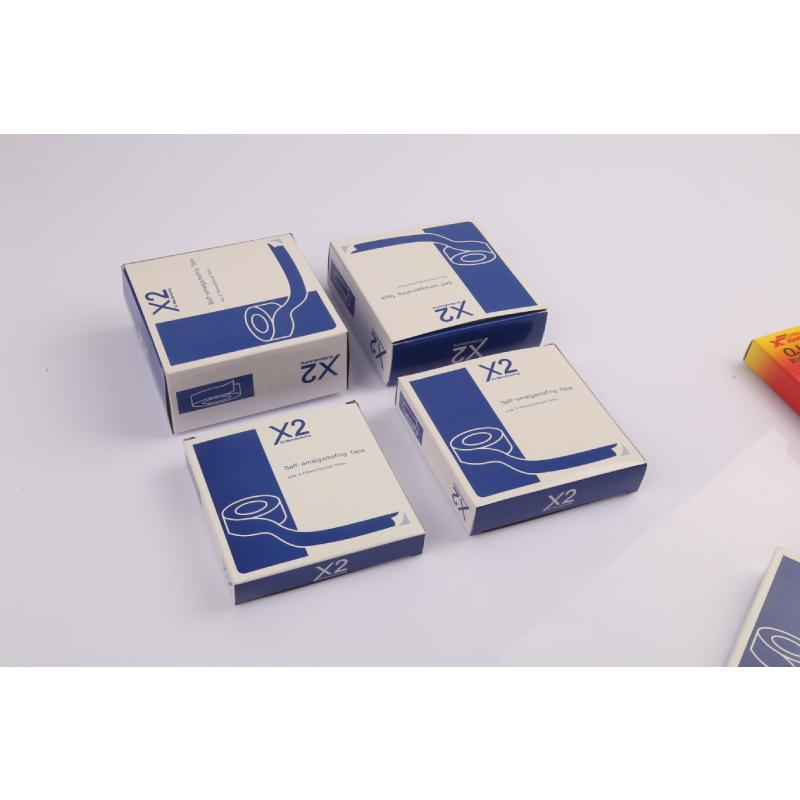The Benefits of Butyl Weather Stripping A Comprehensive Guide
Weather stripping is an essential element in maintaining the energy efficiency of your home. One of the most effective materials used for this purpose is butyl weather stripping. This article will explore what butyl weather stripping is, its benefits, installation tips, and how it compares to other weather stripping options.
What is Butyl Weather Stripping?
Butyl weather stripping is made from a synthetic rubber compound known for its excellent adhesive properties and durability. It is commonly used to seal doors, windows, and other openings in buildings to prevent drafts, water leakage, and dust intrusion. The material is flexible, making it easy to apply, and it can be found in various forms, including strips and rolls.
Benefits of Butyl Weather Stripping
1. Superior Adhesion One of the standout features of butyl weather stripping is its strong adhesive backing. This means it adheres well to different surfaces like wood, metal, and vinyl, ensuring a tight seal that remains effective over time.
2. Longevity Butyl rubber is highly resistant to aging and environmental factors. Unlike other materials, such as foam or felt, butyl weather stripping does not break down quickly when exposed to sunlight or extreme weather conditions. This durability translates to fewer replacements and maintenance efforts, ultimately saving you time and money.
3. Water Resistance Another significant advantage of butyl weather stripping is its water-resistant properties. It can effectively keep moisture out, protecting your home from water damage and mold growth. This attribute is particularly important for areas prone to high humidity or rainfall.
4. Energy Efficiency By using butyl weather stripping, you can significantly reduce air leaks in your home. This helps to maintain a consistent indoor temperature, reducing the workload on your heating and cooling systems. In turn, this leads to lower energy bills and a smaller carbon footprint.
5. Noise Reduction In addition to its sealing capabilities, butyl weather stripping can help reduce noise transmission between rooms or from outside. This added benefit fosters a more peaceful living environment, making it a great choice for homes in busy areas.
butyl weather stripping

Installation Tips
Installing butyl weather stripping is a straightforward process that can be done in a few simple steps
1. Clean the Surface Start by cleaning the area where you will apply the weather stripping. Remove any dirt, dust, or old sealing material to ensure proper adhesion.
2. Measure and Cut Measure the length needed for your doors or windows and cut the butyl strip to the appropriate size.
3. Peel and Stick Peel off the backing to expose the adhesive, and carefully press the strip into place. Ensure it is aligned correctly to maximize its effectiveness.
4. Press Firmly Once applied, press down firmly along the entire length of the strip to guarantee a strong bond.
5. Check the Seal After installation, check the seal by conducting a simple draft test. Light a candle near the edges you’ve sealed; if the flame flickers, you may need to add more weather stripping.
Conclusion
Butyl weather stripping is an excellent choice for homeowners looking to enhance their home's energy efficiency and comfort. With its outstanding adhesive properties, durability, water resistance, and noise reduction capabilities, it outperforms many other weather stripping materials. By investing some time in proper installation, you can significantly improve your living space while enjoying the benefits of lower energy bills and a quieter home environment. In today’s climate-conscious world, butyl weather stripping is a smart, practical solution for creating a more efficient and comfortable living space.
-
Self Amalgamating Tape: Redefining Electrical Insulation and ProtectionNewsAug.07,2025
-
Seal Strip Solutions: Revolutionizing Energy Efficiency and Comfort in Modern BuildingsNewsAug.07,2025
-
High Voltage Electrical Tape: Powering Safety and Reliability in Modern InstallationsNewsAug.07,2025
-
Flex Tape Waterproof: Transforming the Future of Instant RepairsNewsAug.07,2025
-
Elevate Electrical Safety Standards with High-Performance PVC Electrical TapeNewsAug.07,2025
-
Butyl Rubber Tape: The Ultimate Solution for Reliable Sealing and WaterproofingNewsAug.07,2025
